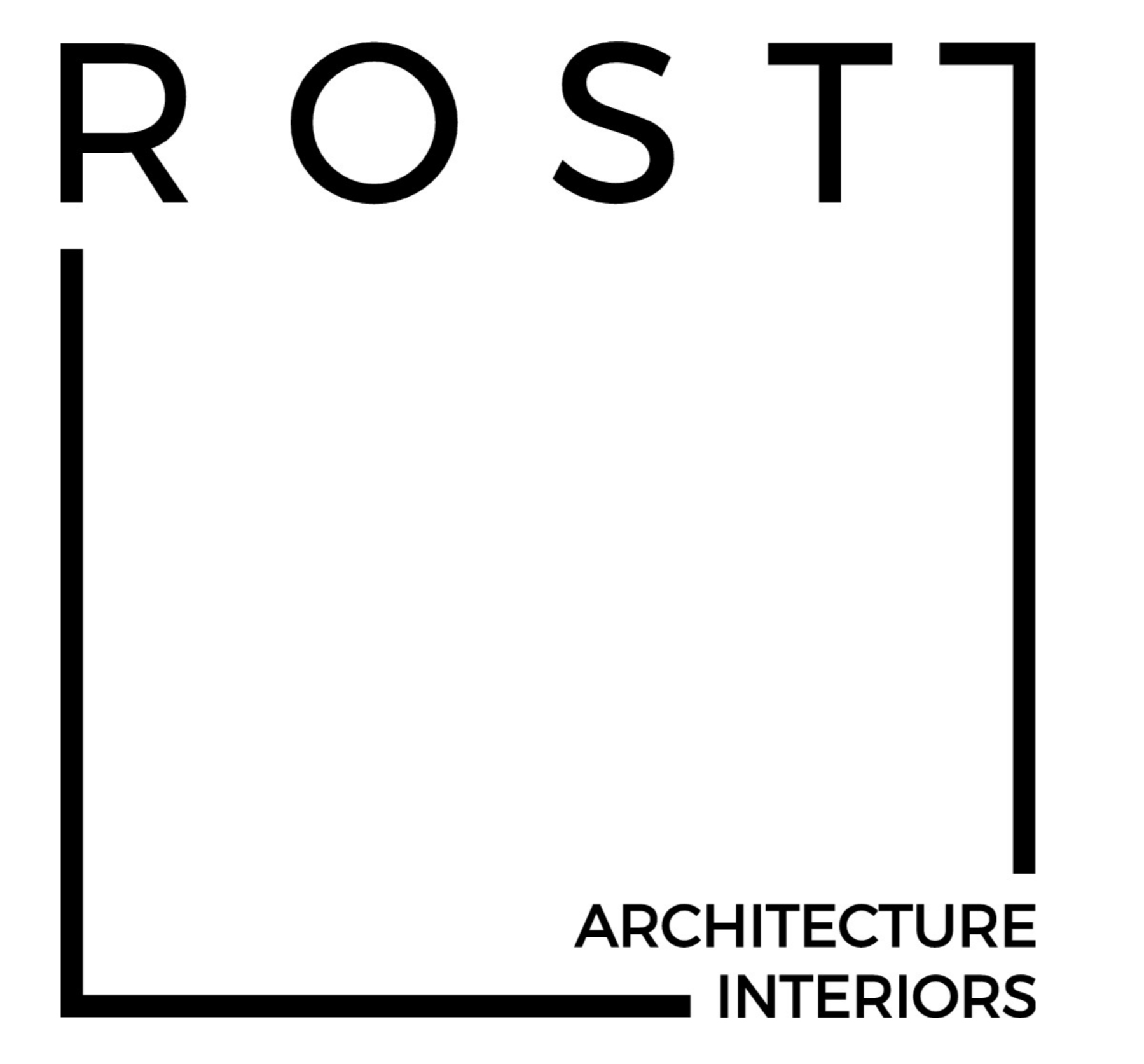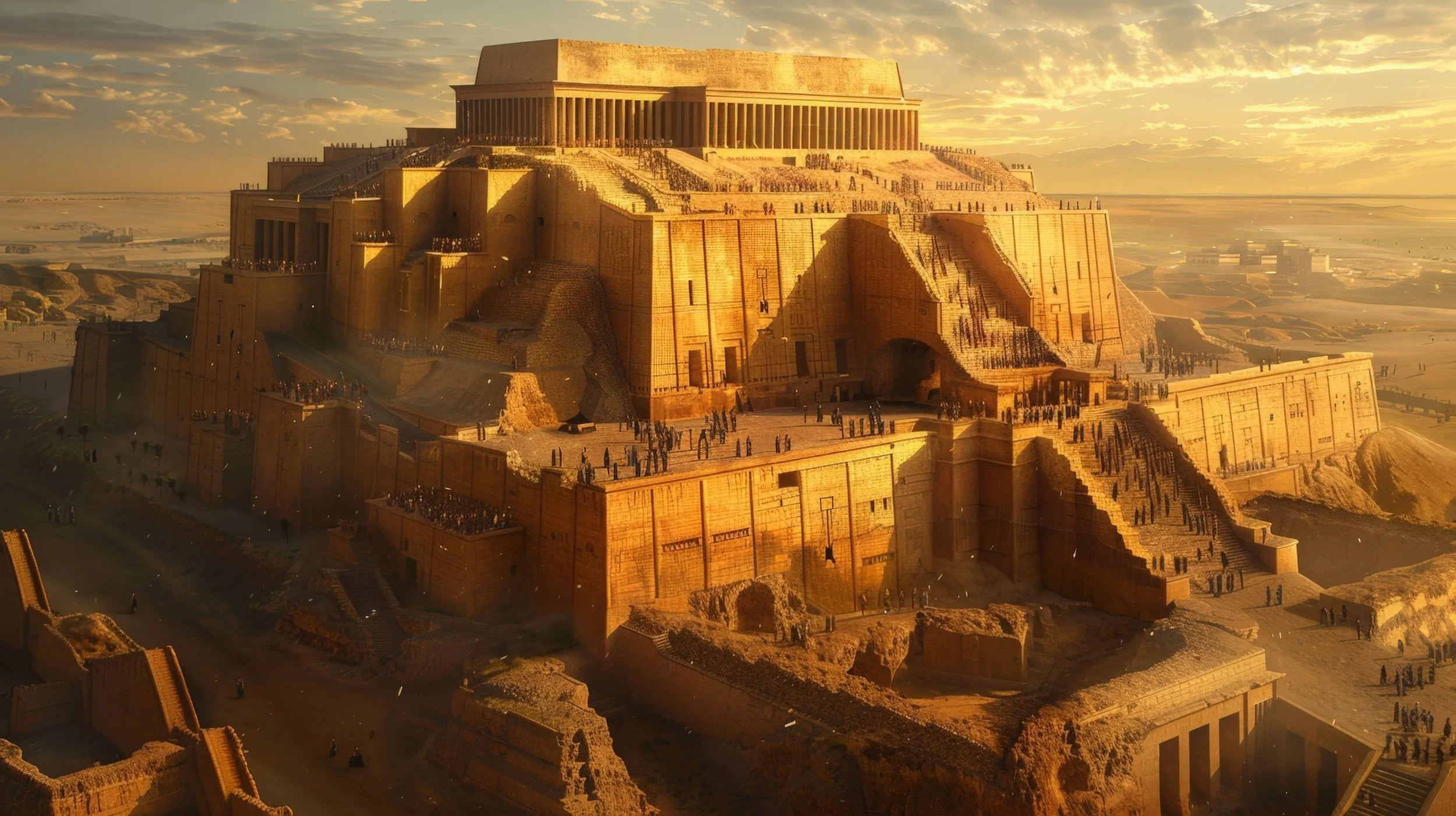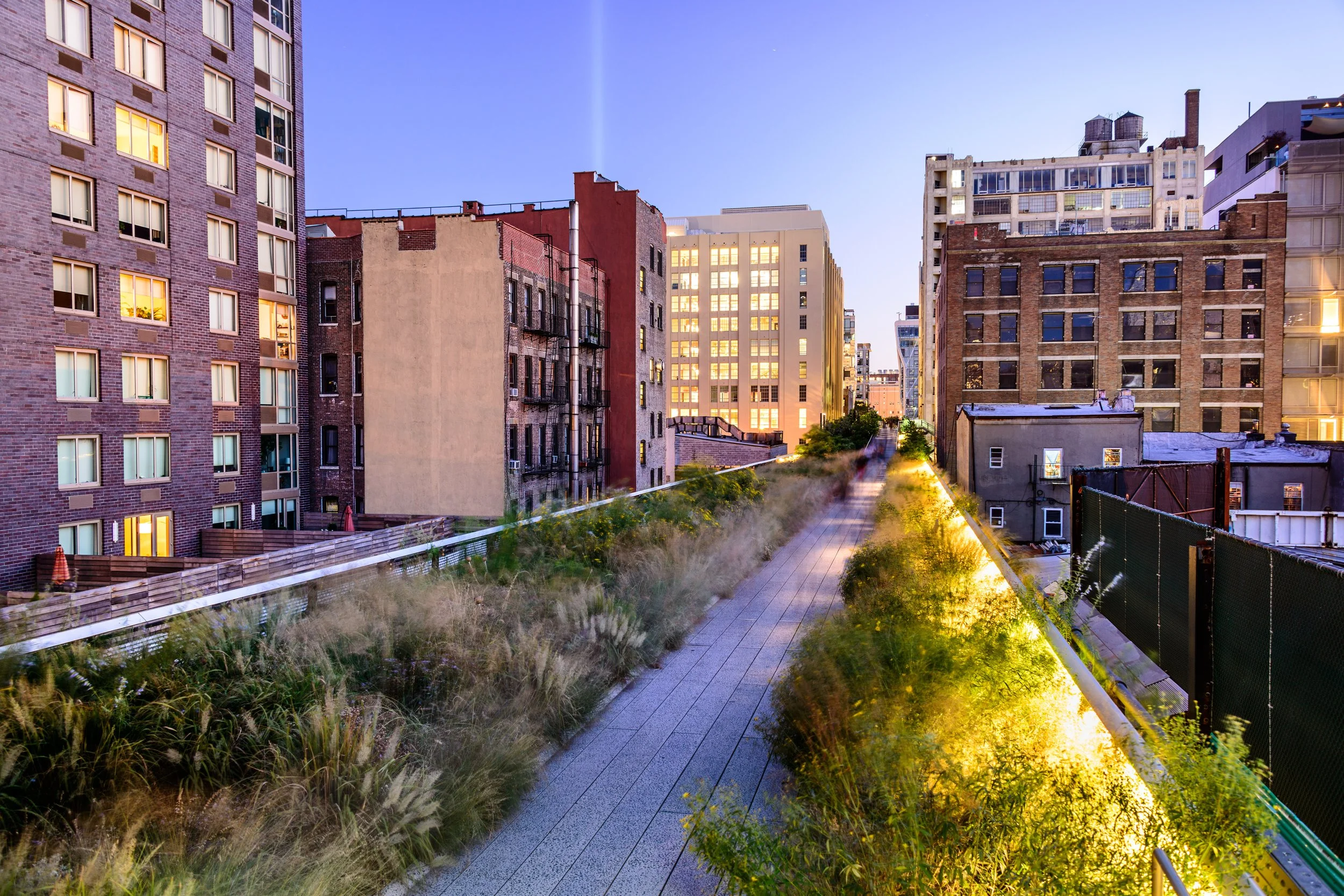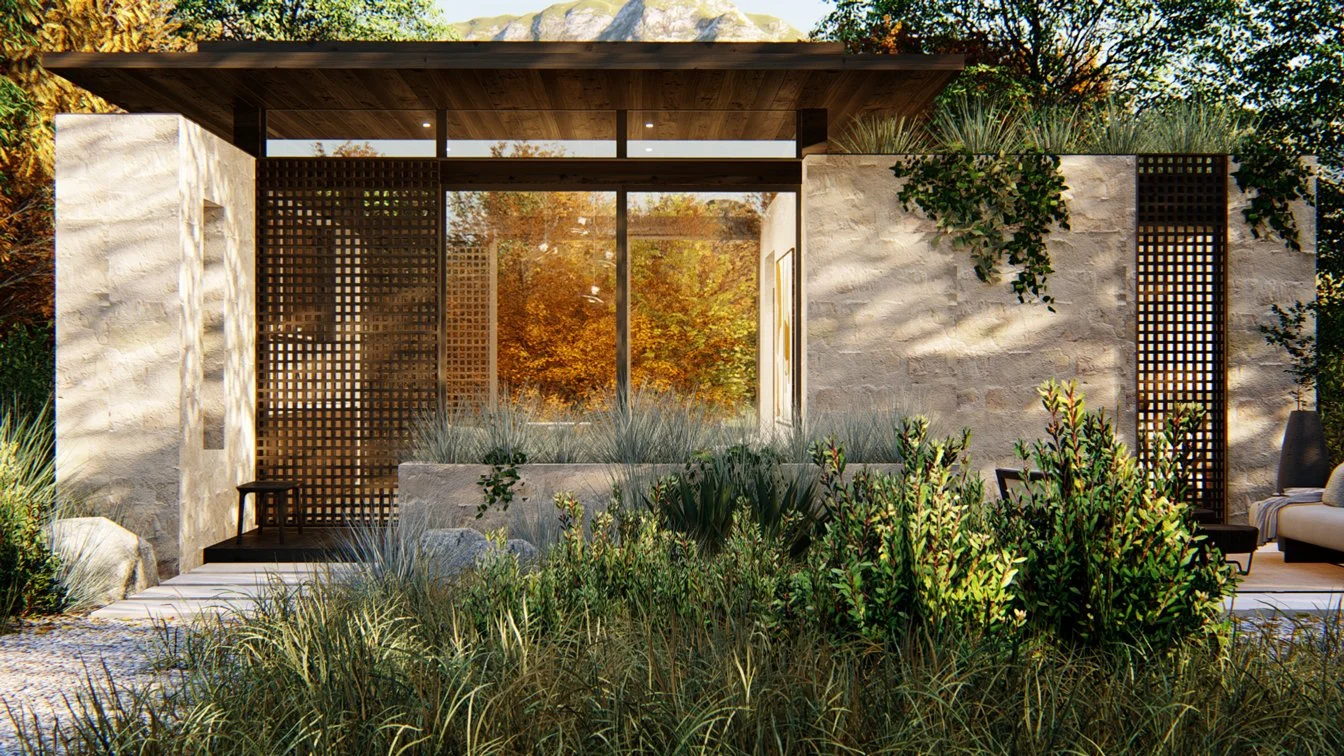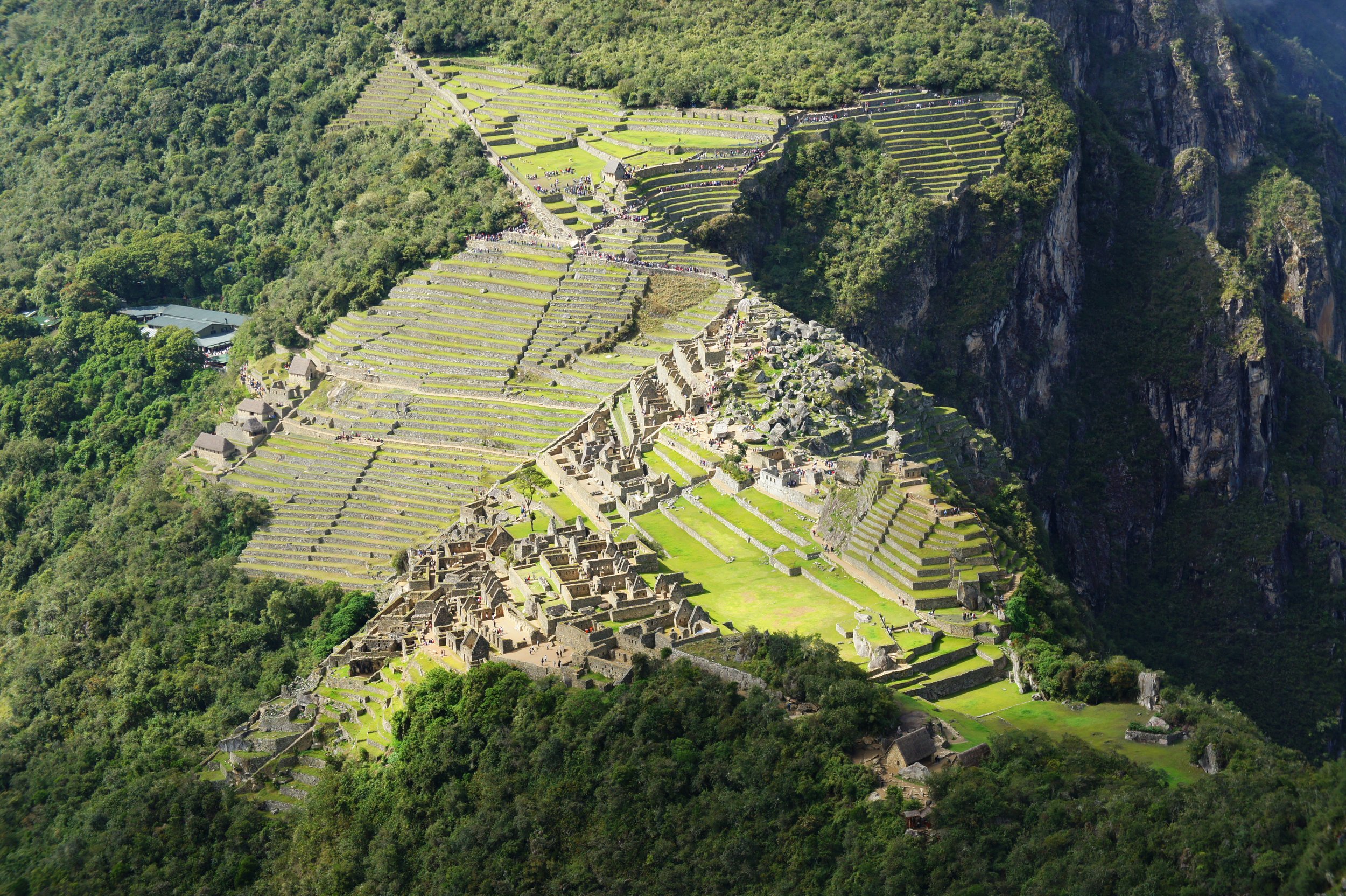Why would we be interested in understanding the first settlers of New York City? New York has been a pivotal city in the history of America and the world. One of its ingredients of success lies in the mindset, values, philosophies, and way of life of the people who founded and grew the city. These ideas were manifested in the city's fabric and directly affected the shape of the urban environment.
Read MoreA slow yet palatable transition within the city started around the sixteenth century. The forces of religion that had driven the city started to contend with a new stimulus based on money and profits. The mercantilist and capitalistic philosophies began manifesting in the city's physical form. The town was still firmly rooted in its medieval customs and structures; however, it was clear that things were changing throughout the Western world.
Read MoreIn the early 1960s, like many cities worldwide, Copenhagen began carving out spaces for the automobile by building streets, highways, and parking inside the city. A group of architects and urban designers predicted the detrimental impacts this could have on the form and life of their town. When the city began to fall into economic decline, the local government showed receptivity to the Architects' ideas and began taking action to revitalize the city.
Read MoreListen to the interview with Leo Hollis about the history of London, St. Paul's Cathedral and Sir Christopher Wren.
Read MoreThere are many reasons why a city becomes a point of destination. People are attracted to certain cities and travel from all over the world to see them. However, many people have trouble articulating why they enjoy them. They know something about it makes them feel comfortable, but they can't put their finger on it.
Read MoreIn the fifth century, Rome was in steady decline. The empire fell apart due to prolonged outside attacks and the hedonistic, corrupt culture that developed among its leaders and citizens. Life became hollow, brutal, and meaningless. A new religion called Christianity emerged, along with a reimagined way of life. Small ascetic Christian groups began to withdraw from society throughout the Roman Empire. Many of these early groups can be traced to the deserts of northern Egypt.
Read MoreRome's history is often presented as a glittering metropolis full of architectural excellence, sophisticated engineering, extensive paved roads, and glorious monuments. Our contemporary entertainment industry romanticizes the tales of Roman emperors, warriors, gladiators, and politicians. When we visit the ruins, we imagine the daily life of ancient Rome as a pageant of prosperity and industriousness that supported the growth of an ancient utopia. These aspects and portrayals of Rome have a degree of truth behind them. However, a darker side of Rome managed to evade the limelight.
Read MoreMany factors shaped ancient Greek cities. The natural landscape, climate, religious beliefs, philosophy, literature, politics, law, sport, art, theater, and psychology amalgamated to create genuinely unique cities and a thriving culture. Many aspects of Greek civilizations still form the basis of modern Western culture and society; however, we have also made significant diversions, which I believe deserve close assessment. Can certain aspects and values of ancient Greek cities and culture be re-integrated into our contemporary societies to help improve our current condition?
Read MoreHow did cities develop? Many of us take our environments for granted without questioning how and why they evolved into the forms we see today. In his book The City in History, Lewis Mumford provides a fascinating account of the history of cities. His interpretation dissects the complex forces that led to their creation. He discusses what forms these forces manifest themselves in throughout human development.
Read MoreThe High Line in New York City is an iconic example of urban revitalization, transforming an abandoned industrial rail line into a vibrant landscaped public park. This elevated garden stretches from Gansevoort Street to 34th Street and has become a cultural and recreational hub. The High Line's story is one of evolution, from its origins as a bustling freight rail line to its decline and eventual rebirth as a symbol of innovative landscape urban design.
Read MoreAt first glance, architecture and psychology may seem to be disparate fields with little in common. Over time, however, I have uncovered ideas that have informed how I think about the built environment and influenced my architectural practice. Most notably, Carl Jung’s conception of the primitive unconscious and the natural world has profoundly impacted my design approach and philosophy.
Read MoreGothic cathedrals are testaments to medieval Europe's ingenuity, spiritual fervor, and artistic brilliance. With their intricate detailing and imposing facades, these towering structures invite admiration and contemplation, drawing millions each year who seek to connect with a bygone era.
Read MoreThe Notre Dame Cathedral is a testament to architectural innovation, spiritual influence, and human ingenuity. Its construction, spanning several centuries, showcases the evolution of Gothic architecture and mirrors Paris's flourishing economy and cultural development. By exploring the cathedral's architecture, construction, and history, I hope to provide insight into how it transcended its role as a Cathedral and developed into a cultural icon.
Read MoreAt the heart of Vatican City, St. Peter's Basilica stands as a monumental testament to Renaissance architecture's ingenuity and the Christian faith's enduring spirit. This iconic structure has captivated visitors and worshippers for centuries with its imposing façade, towering dome, and sacred interior. Its architectural history is a tapestry woven from the visions of legendary architects such as Bramante, Michelangelo, and Bernini. Each contributed their genius to the Basilica's construction, leaving a lasting legacy.
Read MoreThe construction of St. Paul’s Cathedral helped breathe new life into the city. It created jobs and a new identity for London and served as a monument that brought people together. It marked the beginning of London’s development into a global capital.
Read MoreWhy are so many homeowners building an ADU on their property? After designing and building many ADUs, here are the most common reasons we’ve seen clients build an ADU. If you are interested in building an ADU on your property, click the Get Started button below.
Read MoreIf you are an Orange County property owner, you may be interested in the new loan program aimed at helping homeowners build an ADU on their property. Orange County Housing Finance Trust has developed a program to encourage property owners to invest in an ADU by providing access to low-interest, deferred, partially forgivable loans for qualified owners.
Read MoreSeveral solutions have been implemented to help address California’s housing crisis and create more affordable housing options for California’s low—to mid-income residents. Allowing Accessory Dwelling Units to be added to single-family residences are steadily becoming one of the most notable and widely utilized methods by homeowners all over the state.
Read MoreBuilding an ADU can be complicated. We recommend working with a qualified local Architect who has experience dealing with cities, approvals, and general contractors to help guide you through the process. Having a trusted, reliable team who has been through the process can alleviate many potential headaches and can help get your project off on the right foot.
Read MoreIf studied closely, architecture can provide glimpses into human history. It can give insight into our ancestors' customs, rituals, technologies, religions, and daily life. Architecture can provide a deeper understanding of the evolution and development of the human species. It allows us to have a holistic perspective on our place in the context of humanity. From prehistoric structures to contemporary architecture, we can see what was important to humans at the time and what were they trying to say through their buildings.
Read More